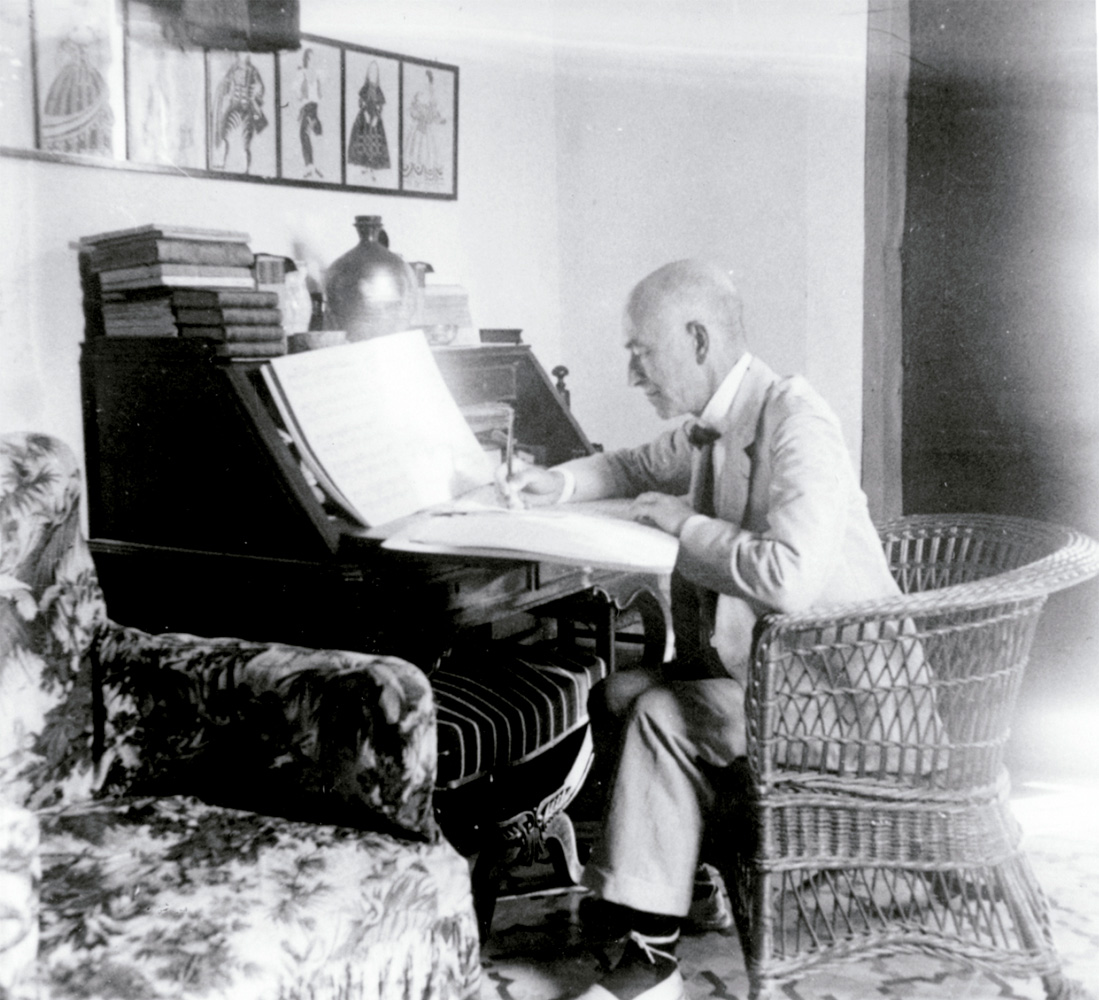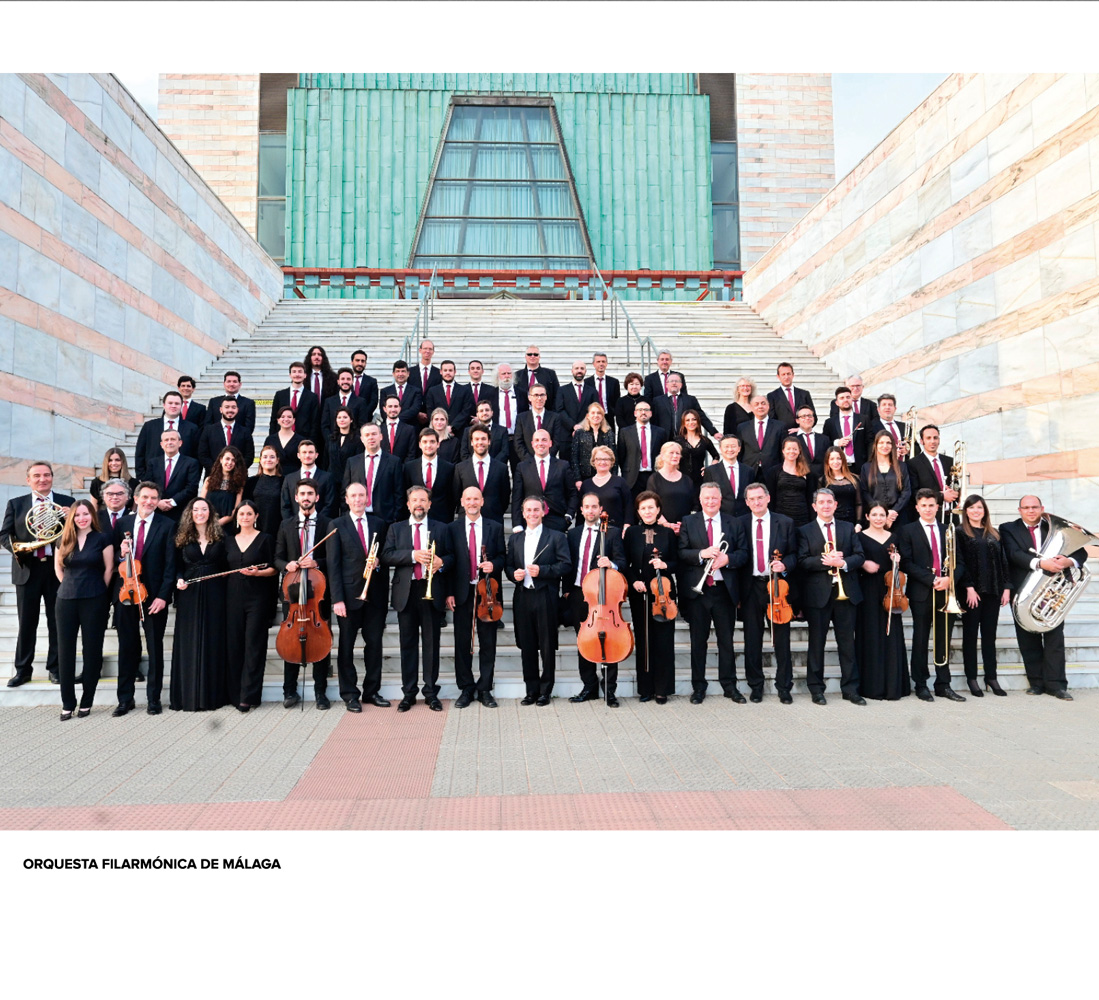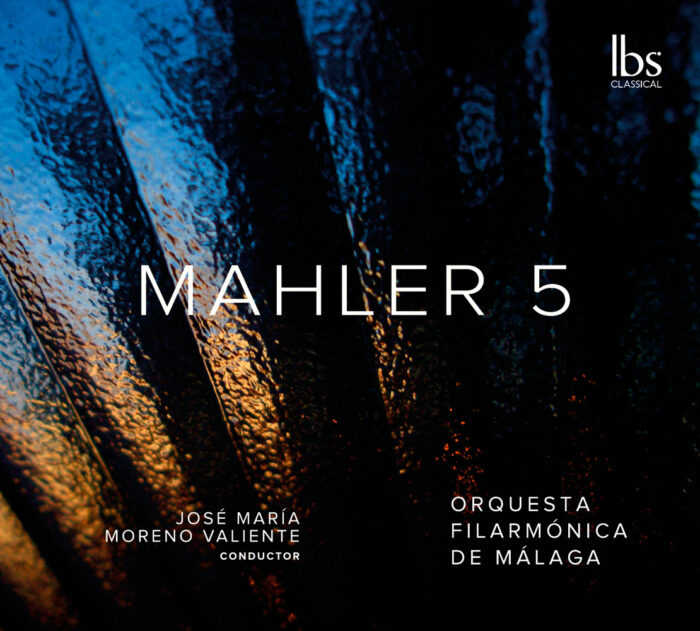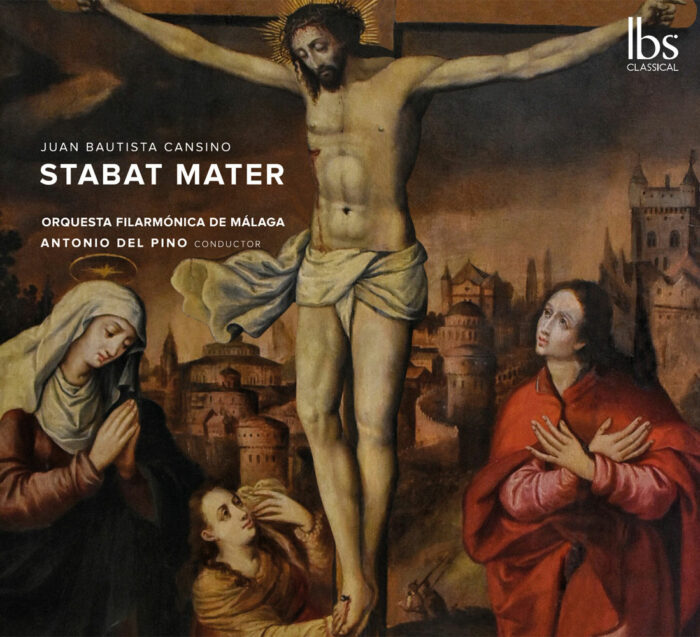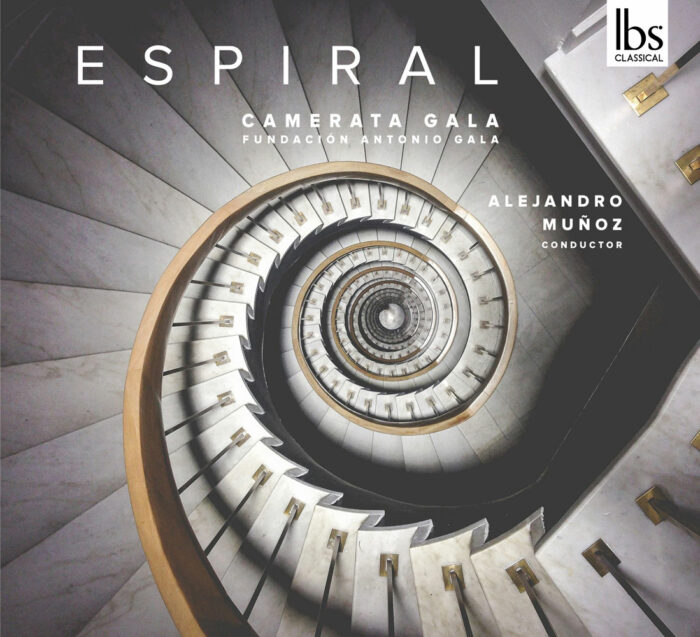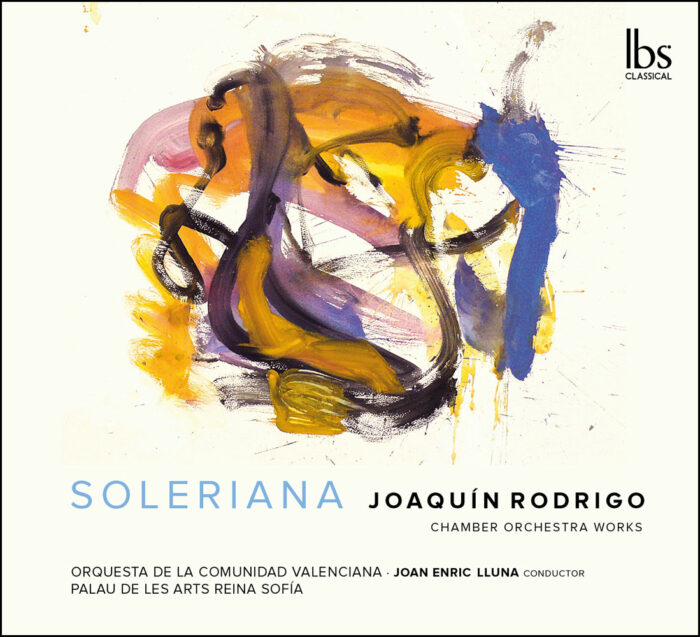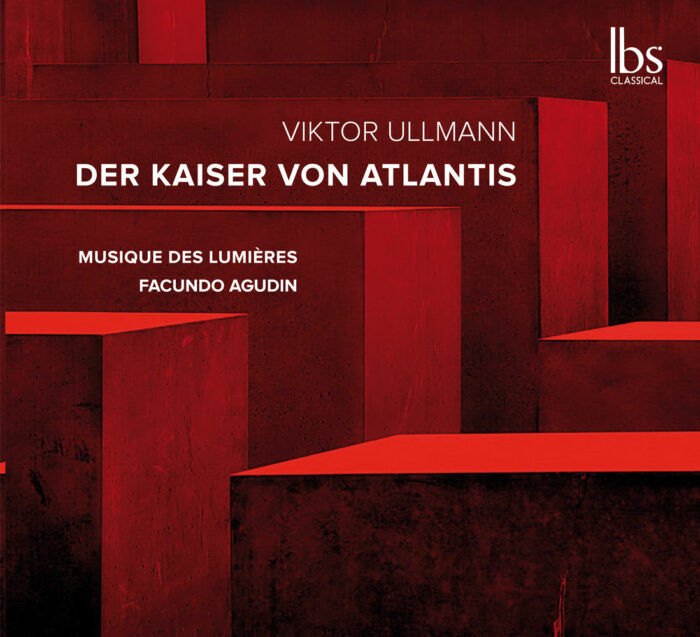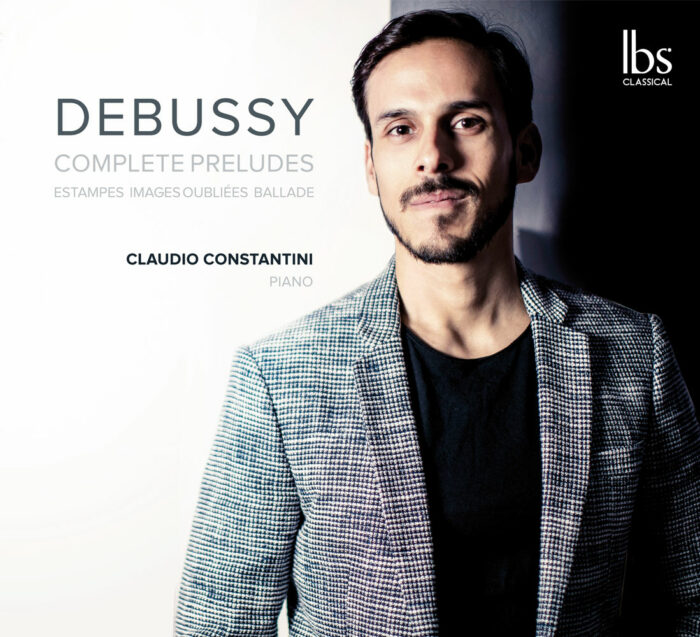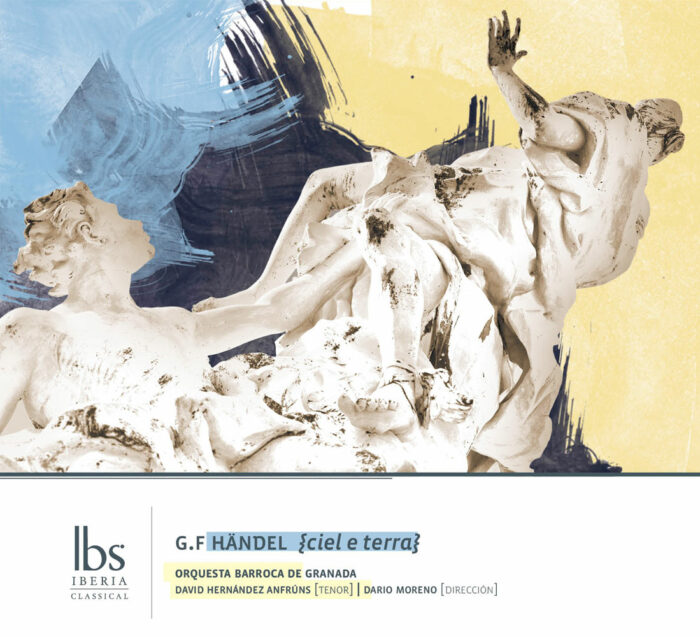Falla & Picasso
When we explore Picasso’s musical personality in all its facets (to put it in another way, a titanic task), the figure of Manuel de Falla stands out as an essential pillar far beyond the event of the premiere of the ballet “Le Tricorne” at the Alhambra Theatre in London on 21st July 1919. Now that Spain is expressly commemorating the 50th anniversary of the death of the painter from Malaga, Manuel de Falla could be claimed as the key argument enabling Picasso to reconnect with a lush, legendary and at the same time modern Spanishness, in which he felt particularly comfortable. Moreover, without the score of “El sombrero de tres picos” (The Three-Cornered Hat), the evolution of the Spanishness in Picasso’s work, assumed as a fallow land of endless extraction, would inevitably have been different since “Guernica”, when history demanded a tragic framework for any allegorical attempt in this respect.
Furthermore, if the birth of cubism as a new mechanism for translating experience into creation transcended the plastic limits to contaminate all the visual, literary and musical arts, it is fair to consider Falla as one of the most audacious composers when it comes to articulating this contamination from a truly visionary perspective, far beyond the well-known nationalist label which, incidentally, should be revised due to its increasingly undesirable accommodating effects. It is reasonable to think that after his arrival in Paris in 1907, the same year reserved in the history of art for the birth of Cubism, the Cadiz-born composer incorporated the Cubist imprint into his compositional work, especially significant in his often-unimagined textures and suggestive harmonic attempts. His score for “La vida breve” (Life is short), premiered in Nice in 1913, although he had been working on it since 1905, reveals to what extent it was not so much Stravinsky, Fauré and Ravel his main influences in that period, but Picasso himself; or, at least, the masterly formula contained in Picasso.
It was not in vain that both used to compose from the underlying strain between the traditional Spanish legacy and the languages demanded by the new social, economic, and political paradigm in Europe. The latter was unstable, massified, marked by uncertainty and conspiratorial with a dehumanisation that only three years after the premiere of “El sombrero de tres picos” T. S. Eliot managed to crystallise into literary terms with “La tierra baldía” (The Waste Land). To keep up with the brutal development of this paradigm, Cubism was obliged to reach its apogee suddenly and rapidly. This was what happened.
The outbreak of the First World War, which brought Falla back to Spain, proved that the new approach to reality predicted by Cubism was just and necessary: it had only lacked the tragic ingredient. Thus, until the advent of the catastrophe itself, it was very difficult for any composer in the Parisian orbit to escape the influence of Cubism. Nevertheless, not everyone who accepted this influence knew how to make the most of it, and it would be appropriate to place Falla at the forefront of the musical reception of the phenomenon. It should not be forgotten that Cubism advocated a new look at daily elements and, to a large extent, traditional ones, preserved as proof of a past now distinguished as a factor of innovation and rupture. In this sense Falla personalises Picasso’s musical intuition better than anyone else; indeed, even better than Stravinsky himself, at least given the evidence that the testimonies were shared.
The best synthesis of this understanding is undoubtedly to be found in “El sombrero de tres picos” and in its metamorphosis as a ballet in “Le Tricorne”, not only because of the physical convergence of the two talents, but also because of the way in which this influence pointed to different ways which, certainly, took hold openly in Falla and Picasso, in less opposite directions than it is usually considered. The ballet had its premiere in London in 1919, the very year in which Falla decided to settle in Granada to research and get to know in depth and in all its forms the mystery of cante jondo; Picasso had already had this apprenticeship, having seen in his childhood in Malaga many of the most outstanding artists of the genre at that time. However, “Le Tricorne” somehow meant for the painter the same sinking to the roots, the same archaeological conviction that under that fallow land, even deeper, was the key opening the cell of 20th-century art.
OFM Málaga
La Orquesta Filarmónica de Málaga dio su concierto inaugural el 14 de febrero de 1991. Nació entonces como Orquesta Ciudad de Málaga, un consorcio entre el Ayuntamiento de Málaga y la Junta de Andalucía, y que respondía a la convicción de que una ciudad como Málaga debía contar con una gran orquesta sinfónica.
Al frente de la Orquesta, y su proyecto, seis directores titulares han imprimido su propia personalidad: Octav Calleya, Odón Alonso, Alexander Rahbari, Aldo Ceccato , Edmon Colomer y Manuel Hernández Silva.
Actualmente, ostenta la dirección titular y artística el maestro José María Moreno.
La Orquesta Filarmónica de Málaga ha creído fundamental no limitar su actividad a la programación de abono y ha desplegado entusiastas propuestas paralelas. Junto a grabaciones en CD de repertorios de índole muy diversa, y con distintos maestros, hay que añadir dos Ciclos de Música de Cámara, paralelos a su programación sinfónica de abono, su ciclo La Filarmónica frente al mar, especialmente diseñado para nuevos públicos y jóvenes de especial proyección artística y la Joven Orquesta Barroca de Andalucía (JOBA) que nace en 2010 como un proyecto pedagógico.
El Excmo. Ayuntamiento de Málaga le otorgó el “Premio Málaga” a la mejor labor musical del año 2001 y la Empresa M Capital su Premio de Cultura, entre otras distinciones de diversas entidades asociadas a la cultura a nivel provincial y nacional.
La SGAE concedió a la Orquesta un premio especial en 2007, en reconocimiento a su labor desarrollada en pro de la música española contemporánea.
La OFM ha sido premiada por el Ateneo de Málaga, la Asociación Cultural Zegrí, la Asociación Malagueña de Escritores “Amigos de Málaga” y la Asociación Amigos de la OFM en reconocimiento a su XXV Aniversario.
En 2017 la Diputación de Málaga concedió a la OFM la Distinción de Honor de la Provincia por el desarrollo cultural y social en la provincia.
Es Orquesta Residente del Concurso Internacional de Piano “Premio Jaén” y del Certamen Internacional de Guitarra Clásica Andrés Segovia de La Herradura, Almuñécar, Granada.
La Junta de Andalucía le concedió la Bandera de Andalucía de las Artes 2021.
José Mª Moreno Valiente
Considerado como uno de los directores españoles más apasionados, enérgicos y versátiles de su generación, es Director Titular y Artístico de la Orquesta Filarmónica de Málaga desde la Temporada 2020-21.
Ha dirigido orquestas como la Berliner Symphoniker, Brandenburguer Symphoniker, Augsburger Philarmoniker (Alemania), Karelian Philharmonic Orchestra (Rusia), Sinfónica de Madrid, Sinfónica Nacional de Colombia, Orquesta de la Comunidad de Madrid, Oviedo Filarmonía, Sinfónica de Galicia, Sinfónica de las Baleares, Orquestra do Norte (Portugal), Orquestra del Gran Teatre del Liceu, Sinfónica de Barcelona y Nacional de Catalunya, Filarmónicas de Szczecin y Lodz (Polonia), Filarmónica de Zágreb (Croacia), Filarmónica de Pilsen y North Czech Philharmonic Orchestra (Chequia), Sinfónica de Valencia, Orchestra Regionale Filarmonia Veneta (Italia), Pori Sinfonietta (Finlandia), Sinfónica de Navarra, Joven Orquesta de la Comunidad de Madrid, etc.
Es también Director Titular de la Sinfónica de Quintana Roo (México) y Principal Director Invitado de la Orquestra da Opera no Patrimonio (Portugal).
Ha trabajado junto a prestigiosos solistas como Ainhoa Arteta, Plácido Domingo, Josu de Solaun, Roberto Alagna, Juan Pérez Floristán, Pablo Sáez Villegas, Joan Pons, Leticia Moreno, Carlos Álvarez, Asier Polo, Esther Yoo, José Bros, Clara Jumi-Kang, María José Moreno, Juan Jesús Rodríguez, José María Gallardo del Rey, Pacho Flores, Sergei Sichkov, Ryutaro Suzuki, Sergei Malov, Alejandro Bustamante, Fiorenza Cedolins, Stefania Bonfadelli, Marco Vinco, Manuel Lanza, Clara Mouriz, Vanessa Goikoetxea, Marzio Giosi, Alejandro Roy, Raquel Lojendio, Carmen Solís, Joel Montero, Stefano Palatchi, Hiroko Morita, Cristina Faus, Sabina Puértolas, Sandra Moon, María Luisa Corbacho, Gabriel Ureña, Daniel Casares, Rocío Bázán, Wenting Kang, Stella Grigorian, Ruth Iniesta, Javier Franco, Olafur Sigurdarson, Julie Davies, Cristiana Oliveira, Junhee Kim, etc.
Nacido en Palma de Mallorca, estudió Dirección de Orquesta en España y en el Conservatorio Rimsky Korsakov de San Petersburgo con M. Kukushkin. Se formó en los Conservatorios de Valencia, Liceo de Barcelona y de las Islas Baleares, obteniendo los Títulos de Dirección de Orquesta, Canto, Solfeo, Piano, Armonía, Contrapunto y Composición. Es Licenciado en Derecho por la Universitat de les Illes Balears.
Ha ofrecido óperas, zarzuelas, ballets y conciertos en España, China, Canadá, Rusia, México, Colombia, Polonia, Croacia, República Checa, Alemania, Finlandia, Francia, Italia y Portugal.
Entre otros, destacan los éxitos de sus actuaciones en el Auditorio de la Ciudad Prohibida de Pekín, en la Berliner Philarmonie, en el Helsinki Music Center, en el Teatro Real, en el Liceu de Barcelona, en el Colón de Bogotá o en el Teatro de la Zarzuela de Madrid.
Ha actuado en varias ocasiones ante los Reyes de España y dirigió ante el Papa Juan Pablo II en la Plaza San Pedro del Vaticano.
Público y crítica destacaron el éxito de su gestión al frente del Teatre Principal de Palma de Mallorca, programando las Temporadas de Ópera, Zarzuela, Ballet y Teatro como Director Artístico y Musical durante las temporadas 2012 a 2015, con títulos como Carmen, La Bohème, Trovatore, Turandot, Aida, Otello, Tosca, Eugene Onegin, Il Barbiere di Siviglia, Rigoletto, Die Zauberflöte, El Barberillo de Lavapiés, Doña Francisquita, Luisa Fernanda, Cascanueces, Romeo y Julieta, Don Quijote, etc.
Bajo las enseñanzas del maestro Pedro Valencia, es pionero en la introducción de técnicas de Hun Yuan Taichi Chuan aplicadas a la técnica de la dirección de orquesta.
Durante varios años fue profesor de improvisación, técnica de dirección, coro y análisis del Conservatorio Superior de Música de Baleares


